Sun Rash On Skin: Causes, Symptoms, And How To Treat It
Your handy guide to understanding why skin allergies occur and how they feel.

Image: Shutterstock
Many people develop a rash when they step out into the sun and attribute it to sunburn. What if we told you that the sun rash on your skin could also be due to a sun allergy? Yes, sun allergy rashes are red and itchy and can occur mostly on sun-exposed areas. They may appear whenever you go out in the sun. But, that does not mean you always have to sit indoors. There are several ways to treat and prevent this type of rash.
In this article, we discuss the cause, symptoms, treatments, and how to prevent sun rashes. Keep reading!

 Did You Know?
Did You Know?In This Article
What Causes Sun Rash?
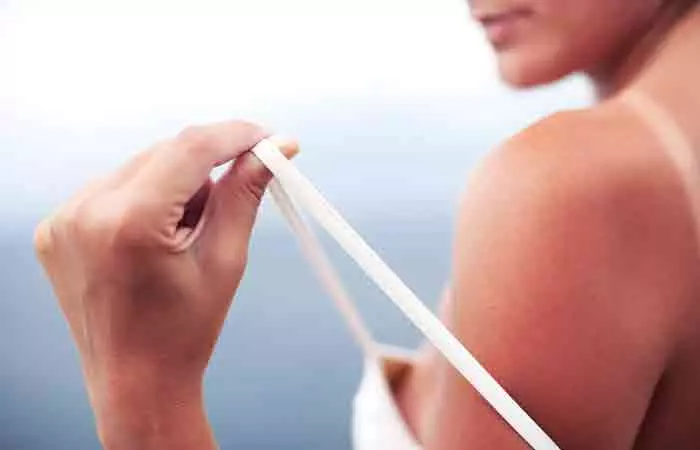
The rash that occurs due to UV radiation is called sun rash or photo allergy. The most common type of sun allergy is a polymorphic light eruptioni A common skin condition that appears as a rash and is brought on by exposure to natural or artificial ultraviolet light. .
As per one report, polymorphic light eruption is more common in Northern Europe (15% in the UK) compared to Australasia (5%). While it affects all skin types, it is more prevalent in lighter skin, particularly in individuals with Fitzpatrick skin phototype 1. Typically, it begins in females aged 20 to 40 years, but it can also start in childhood or later in life. Additionally, more cases of polymorphic light eruption are reported at high altitudes than at sea level.
Jennifer Haley, a board-certified dermatologist, says, “A sun rash usually appears as tiny red bumps or raised patches of skin, and they may be itching or burning.” Though the exact cause of sun rash is unknown, sensitivity to UV radiation could be responsible for it (1). It may elicit an immune reaction and kick your body into defense mode, leading to skin irritation and subsequent rash formation.
People that are at risk of having an allergic reaction to sunlight are (1):
- Light-skinned people.
- Women aged between 20 and 40.
- People at high altitudes.
- People with a family history of sun rash.
Learn about the symptoms of sun rash in the next section.
Key Takeaways
- Sun rash occurs due to the continuous exposure of skin to sunlight.
- You may experience rough or itchy red patches, small bumps, or blisters.
- Use medically prescribed anti-itch steroid creams or apply aloe vera gel to treat this sun allergy. Consult your doctor if the itching on your sun rash does not subside even after using remedies or medications.
What Are The Symptoms Of Sun Rash?
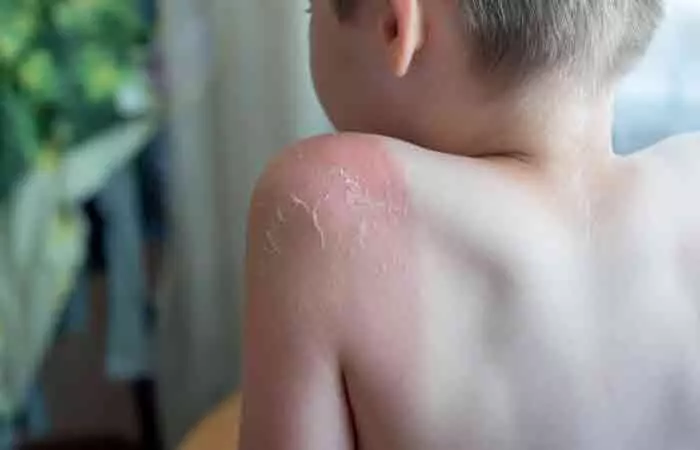
Sun rash can occur several hours or days after sun exposure. The most common symptoms include:
- Itchy red patches.
- Small bumps or blisters in a cluster.
- Raised or rough patches of skin.
In some rare cases, you may experience fever or tiredness. Sun rash can occur anywhere on the body, but it usually appears on the neck, chest, forearms, backs of hands, lower legs, and feet.
Do you want to treat your sun rash at home? Find out the treatment options in the next section.
How To Treat Sun Rash?

Usually, sun allergy rashes go away after a few days. According to Dr. Haley, “Common treatments for sun rash may include applying a cold compress, using hydrocortisone cream, or taking an anti-inflammatory medication such as cetirizine”
1. Over-The-Counter Products
To get rid of itching and rash quickly, try the following over-the-counter products:
- Anti-itch steroid cream
- Oral antihistaminesi Medications used to stop or reduce the chemicals that cause various seasonal, indoor, or food allergies.
- Pain-relieving medications
- Emollients or moisturizers (once the rash starts to heal)
2. Home Remedies
Some of the home remedies you can use to treat sun rash are:
- Apply a cold compress on the affected area for 5-10 minutes. Then, remove it and reapply it after 5-10 minutes. Repeat the process to soothe the skin.
- Take a shower with cool water to relieve the itching.
- Apply aloe vera gel to reduce inflammation. It also has a protective effect against radiation skin damage and, thus, may help you heal quickly (2).
If itching persists, you may consult a doctor who can prescribe stronger medications to relieve the symptoms. For example, anti-allergy medications or corticosteroidsi Natural pigments produced by plants, algae, and photosynthetic bacteria, which are also found in fruits and vegetables. may help heal your sun rash allergy. Your doctor may also perform phototherapyi The intentional exposure of skin to natural or artificial light to treat skin conditions brought on by an immune system overreaction. to reduce the occurrence of these chronic rashes.
Though you can treat sun rash fairly easily, they can recur. So, it is important to learn how to keep your skin protected. Read on to learn the ways to prevent sun allergy rash.
Daily Routine To Keep Your Skin Protected

Incorporating the following routine in your daily life may help you prevent sun rash:
- Use sunscreens containing physical blockers like zinc oxide and titanium dioxide as they protect your skin from UV radiation ( 3).
- Apply sunscreen with SPF 30+ half an hour before you go out. Reapply it every two hours or sooner if you are sweating too much.
- Try to include foods rich in calcium, selenium, zinc, and beta carotene in your diet to protect your skin from UV damage (4).
- Wear long-sleeved dresses or shirts or clothes with a UPF
- Avoid the sun between 10 am and 2 pm as much as possible as UV radiation is the strongest at this time.
- Strictly avoid using tanning beds.
 Quick Tip
Quick TipEven with the best protection tips, you may get a sun rash. It is best to get a proper diagnosis and treatment options from a doctor. Keep reading to learn how a doctor may diagnosis if you have a sun rash or not.
Diagnosis Of Sun Rash
Diagnosing sun rash usually begins with a doctor physically examining the affected skin and reviewing your medical history. They will check for any blisters, redness, tender bumps, and so on. They may also ask you whether you were indoors or outside. This helps rule out other conditions like contact dermatitis or heat rash that may look similar. In some cases, dermatologists may do a patch test or phototest, exposing your skin to UV light, to confirm that sun exposure is the cause. They may also recommend certain blood tests to rule out other conditions.
Sometimes, sun rash can mimic symptoms of other ailments and confuse you. For better clarity, continue reading to learn about the different types of sun-induced ailments.
How Is Sun Rash Different From Sunburn And Heat Rash?
While sun exposure is the cause of both sunburn and sun rash, they are not the same.
Sunburn is a radiation burn caused by overexposure to UV light, which results in reddish skin. You may also experience swelling, blisters, skin peeling, fever, chill, or weakness in case of a severe sunburn. Usually, a sunburn heals in a few days. However, the likelihood of developing skin cancer increases with an increase in sunburn incidents (5).
Unlike sunburn and sun rash, heat rash does not occur due to the sun alone. Instead, it occurs due to the sweat glands getting blocked, which causes skin inflammation and rashes. As a result, you may get small blisters or deep lumps that are itchy. These rashes appear on the armpits, elbow creases, or the groin area. In most cases, the rash heals after the skin cools down (6). However, you may need to consult a doctor if the area becomes infected or is too itchy.
If your sun rash does not reduce or recurs despite taking all the precautions, it is time to see a doctor.
When Should You See A Doctor?

Consult a doctor if the itching on your sun rash does not reduce. A doctor can also help you rule out other infections, like contact dermatitis. Expert diagnosis will let you know what kind of sun-induced rash it is.
If you do not have a history of sun rash and suddenly get one, seek immediate medical attention. Also, observe your rash and treat it immediately if it is painful or spreading. You should also be careful if you experience nausea or fever.
Infographic: 5 Tips To Prevent A Sun Rash
You have to take certain precautions to prevent sun rashes and minimize skin sensitivity to UV rays, from limiting sun exposure during peak hours to wearing protective clothing. The key is to shield the skin from direct sunlight. Yet, if you notice any signs of sun rash, like redness or itching, seek shade immediately and apply a cool compress to soothe the affected areas. Check out the infographic below for tips to reduce the risk of sun rash and enjoy outdoor activities with greater comfort and peace of mind.
Some thing wrong with infographic shortcode. please verify shortcode syntaxSun rash is caused by prolonged exposure to the sun. It affects people who are hypersensitive to UV light or have sun allergies. The neck, chest, forearms, backs of hands, lower thighs, and feet are the most common areas where sun rashes and sunburn skin peeling occur. Depending on the underlying cause, it usually goes away in a few days. Over-the-counter lotions and medicines can be used to treat it. However, consult your doctor if your rash returns despite taking precautions or does not appear to get better with treatments.
Frequently Asked Questions
Does Benadryl help with sun rash?
Yes. Benadryl is an antihistamine which may help reduce the redness, itching, and other symptoms of sun rash. Consult your doctor for further information.
What lotion is good for sun rash?
You can use gentle moisturizers or creams containing hydrocortisonei A topical steroid drug used to relieve swelling, redness, itching, and other discomfort caused by skin conditions. to provide relief to sun-damaged skin. Signs that your skin is damaged include wrinkles, dryness, and spots.
Can a sun rash on skin turn into skin cancer?
A sun rash is not a form of skin cancer, however prolonged sun exposure may increase the risk of it. If one has a history of sun rash or any other form of sun damage, monitoring the skin for any changes or abnormalities is crucial. Consult a dermatologist for regular skin checks to be safe.
Can a sun rash on skin spread?
A sun rash is not contagious. However, it can spread to different areas of the body exposed to the sun like the arms, chest, and legs. Wear protective clothing, use sunscreen, seek shade during peak sun hours, apply a cold compress, and take over-the-counter medicines to prevent the sun rash from spreading. If the rash is severe or does not seem to improve with these remedies, consult a dermatologist for treatment.
Illustration: Sun Rash On Skin: Causes, Symptoms, And How To Treat It

Image: Stable Diffusion/StyleCraze Design Team
Tired of the sun ruining your fun? Watch this video to learn about the symptoms, causes, and effective treatments for sun allergy to stay protected and enjoy the outdoors!
References
Articles on StyleCraze are backed by verified information from peer-reviewed and academic research papers, reputed organizations, research institutions, and medical associations to ensure accuracy and relevance. Read our editorial policy to learn more.
- Polymorphic Light Eruption
https://www.ncbi.nlm.nih.gov/books/NBK430886/ - Aloe Vera: A Short Review
https://www.ncbi.nlm.nih.gov/pmc/articles/PMC2763764/ - Titanium dioxide and zinc oxide nanoparticles in sunscreens: focus on their safety and effectiveness
https://pubmed.ncbi.nlm.nih.gov/24198489/ - Role of Micronutrients in Skin Health and Function
https://www.ncbi.nlm.nih.gov/pmc/articles/PMC4428712/ - Sunburn
https://www.ncbi.nlm.nih.gov/books/NBK534837/ - Miliaria
https://www.ncbi.nlm.nih.gov/books/NBK537176/
Read full bio of Dr. Sravya Tipirneni
Read full bio of Swathi E
Read full bio of Anjali Sayee
Read full bio of Monomita Chakraborty





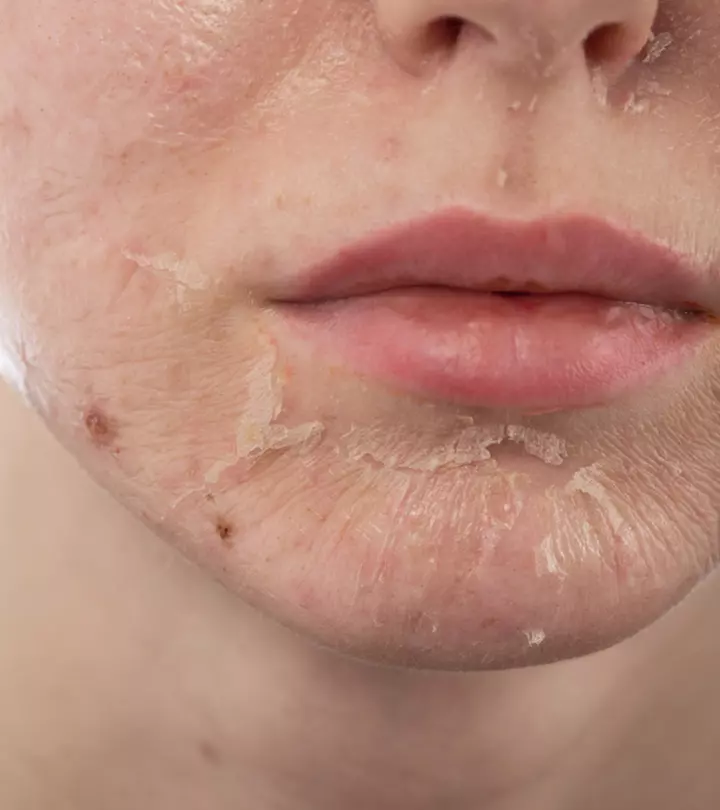



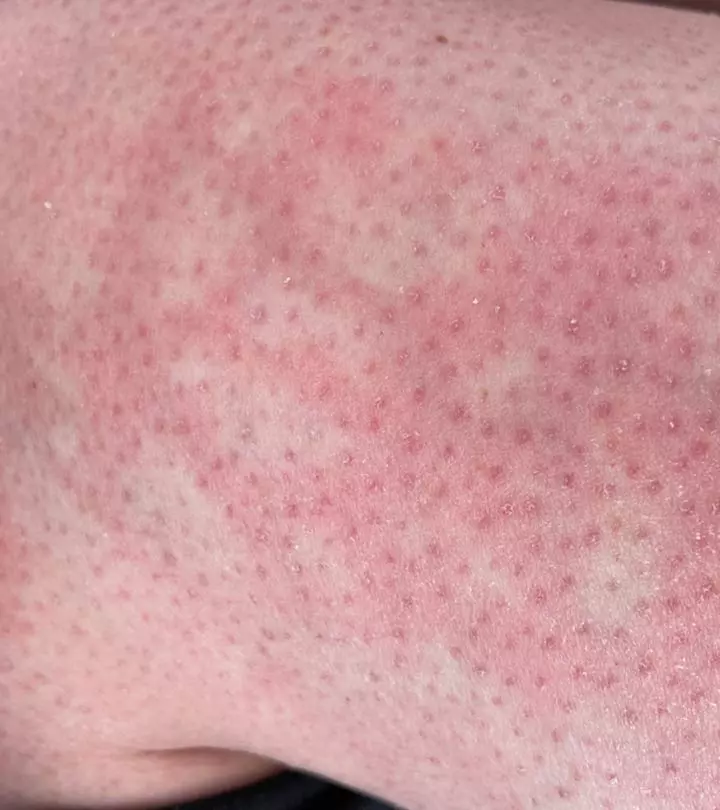
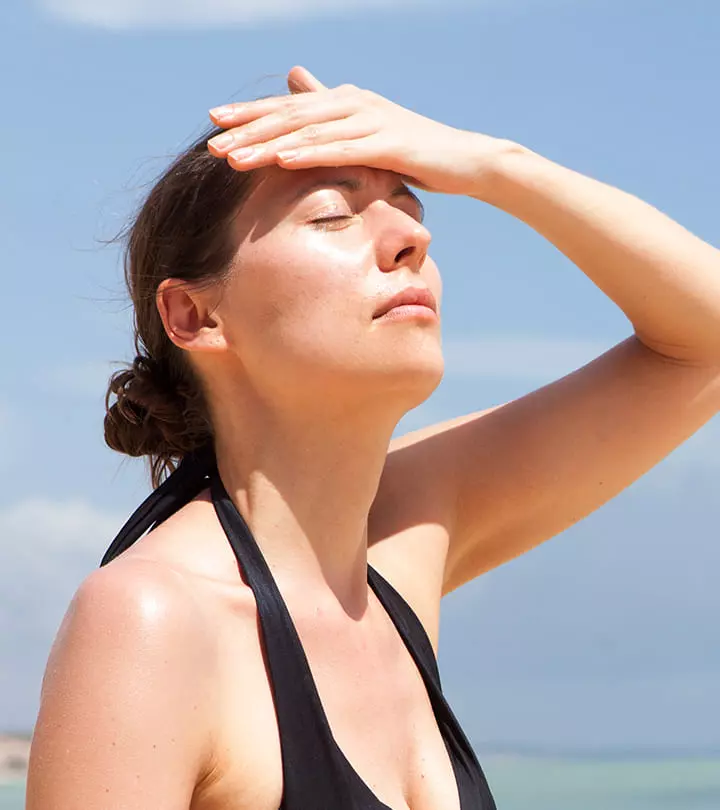








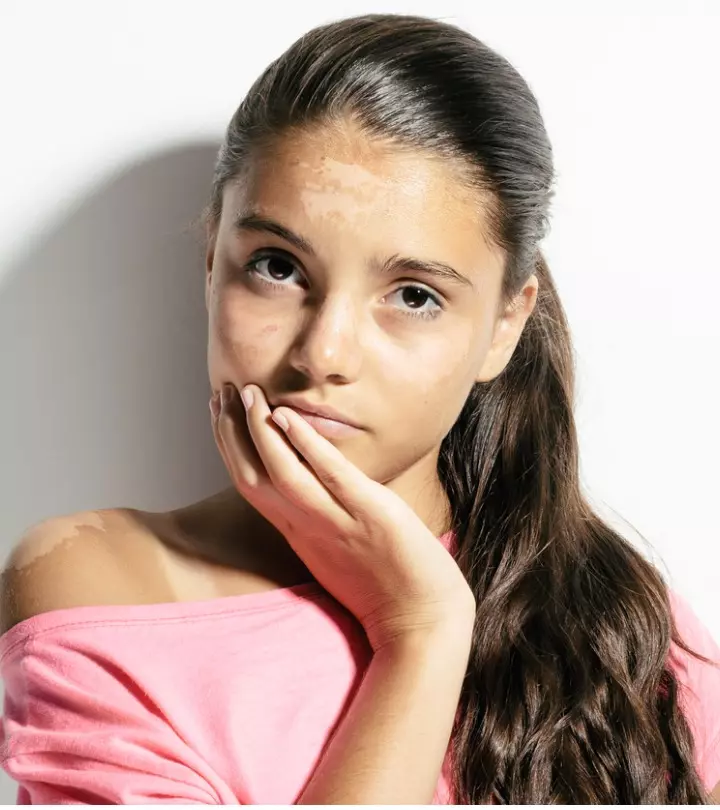

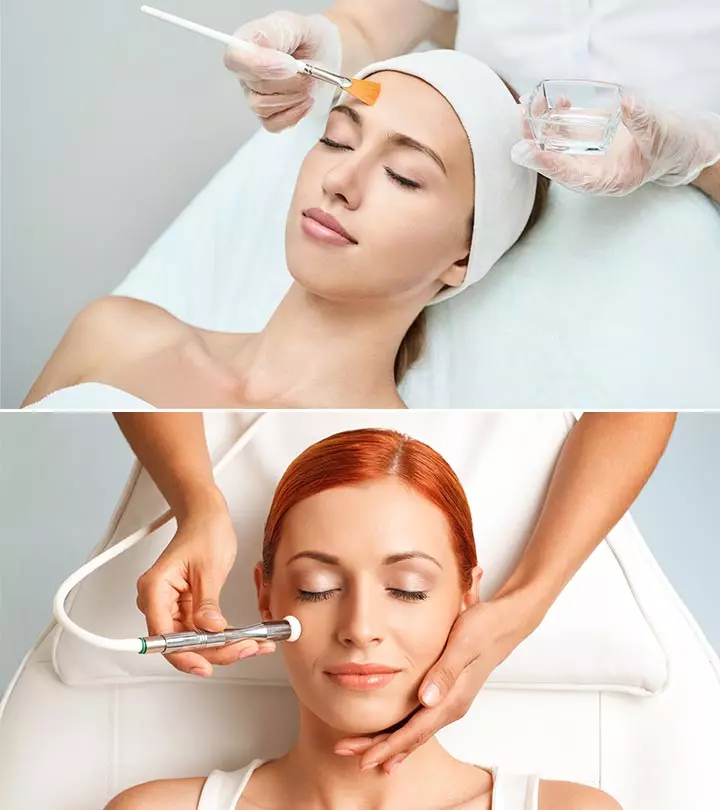

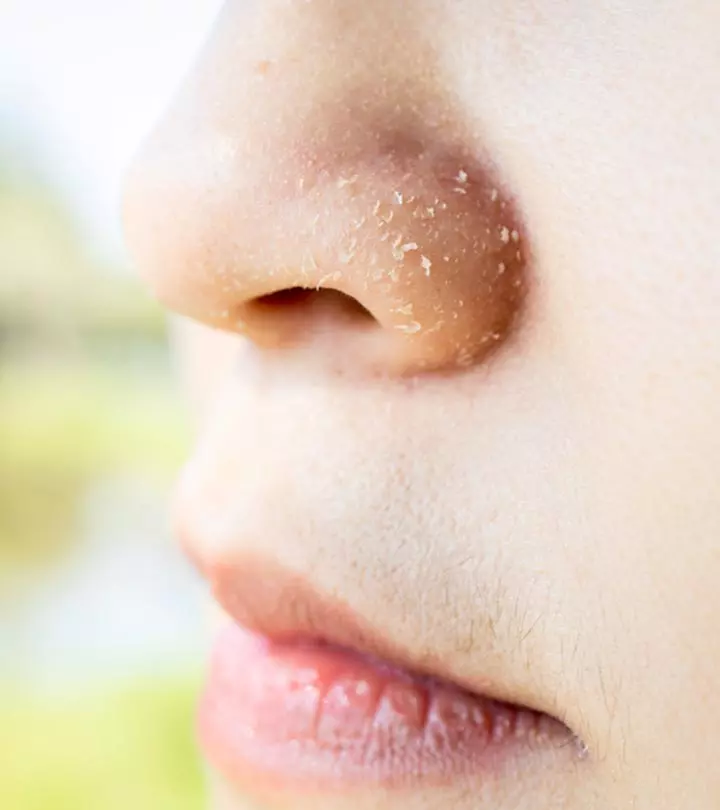
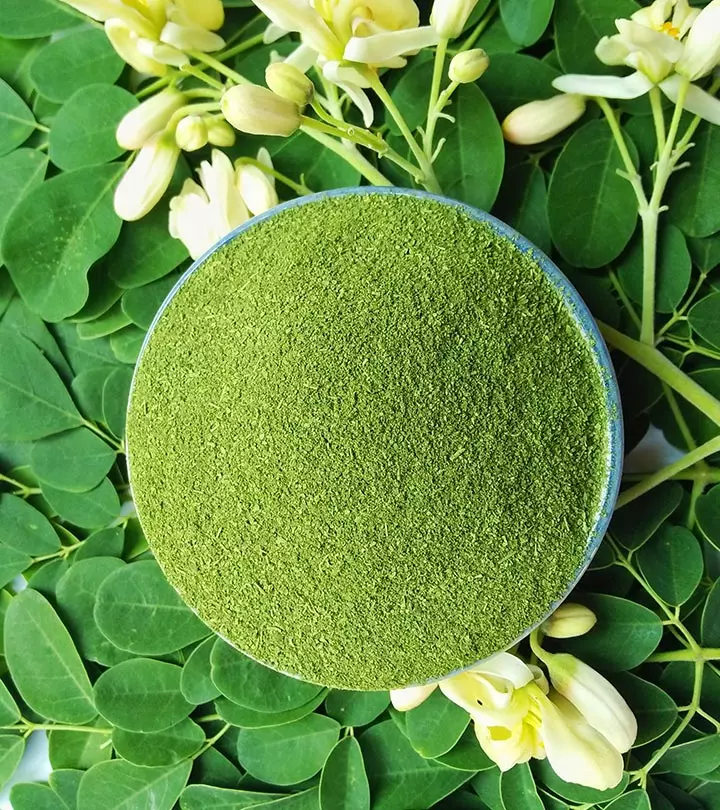
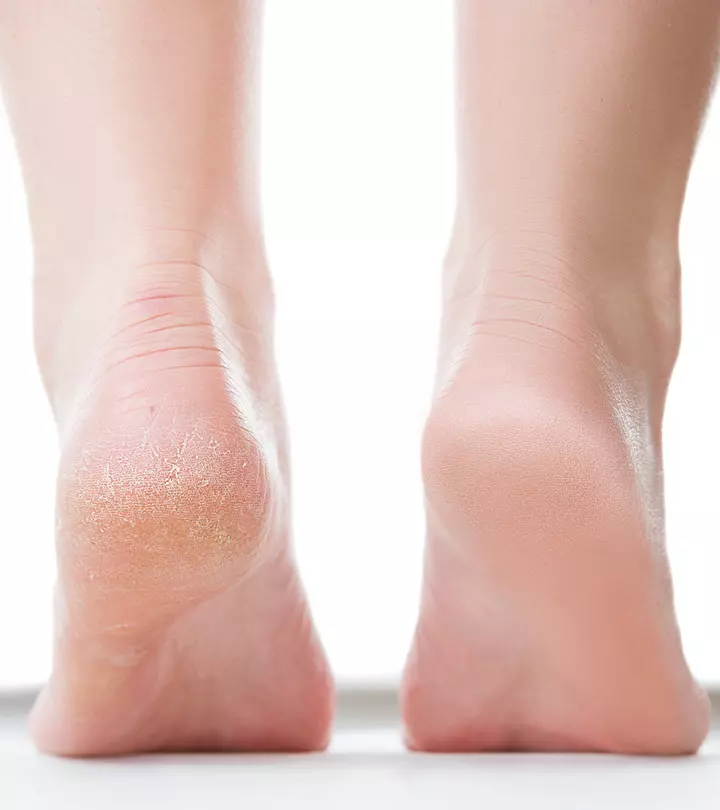
Community Experiences
Join the conversation and become a part of our empowering community! Share your stories, experiences, and insights to connect with other beauty, lifestyle, and health enthusiasts.